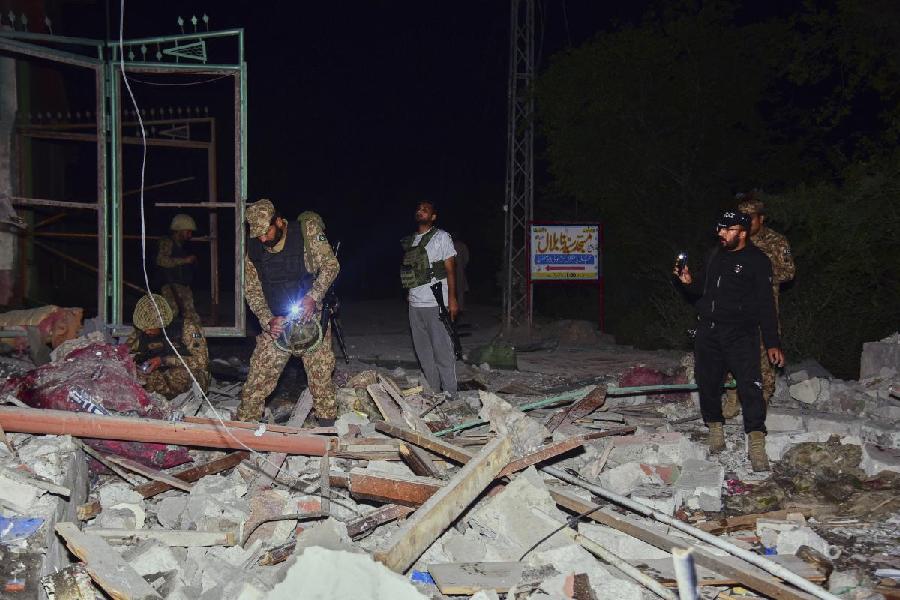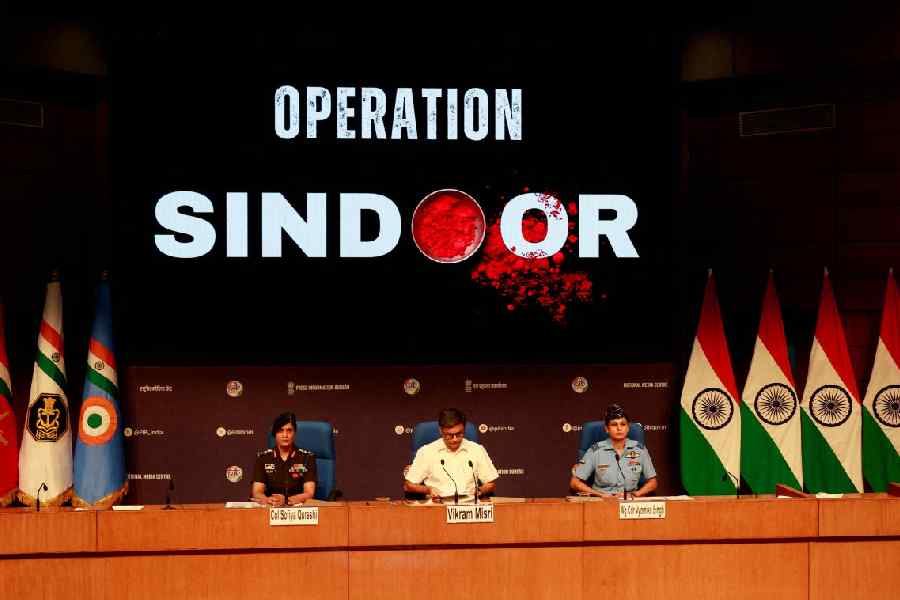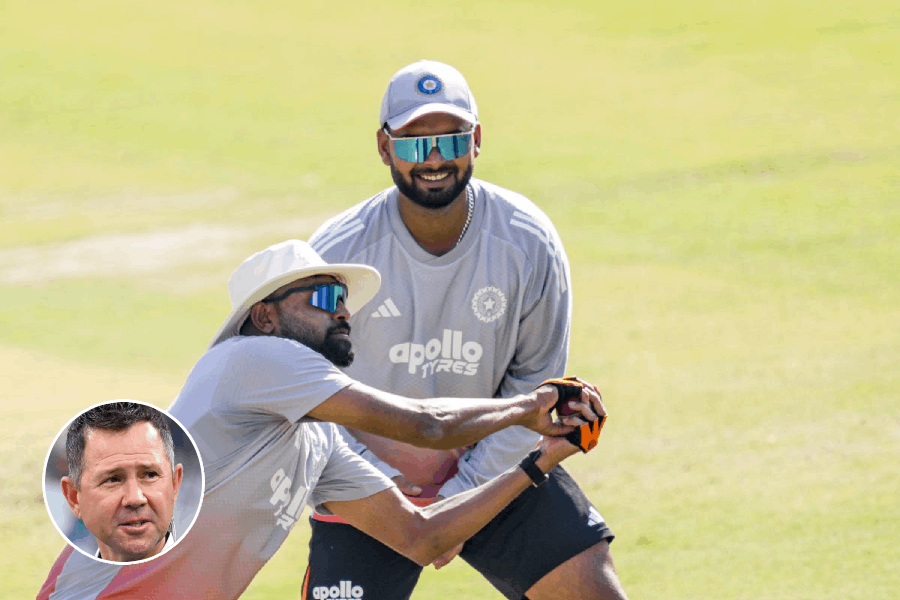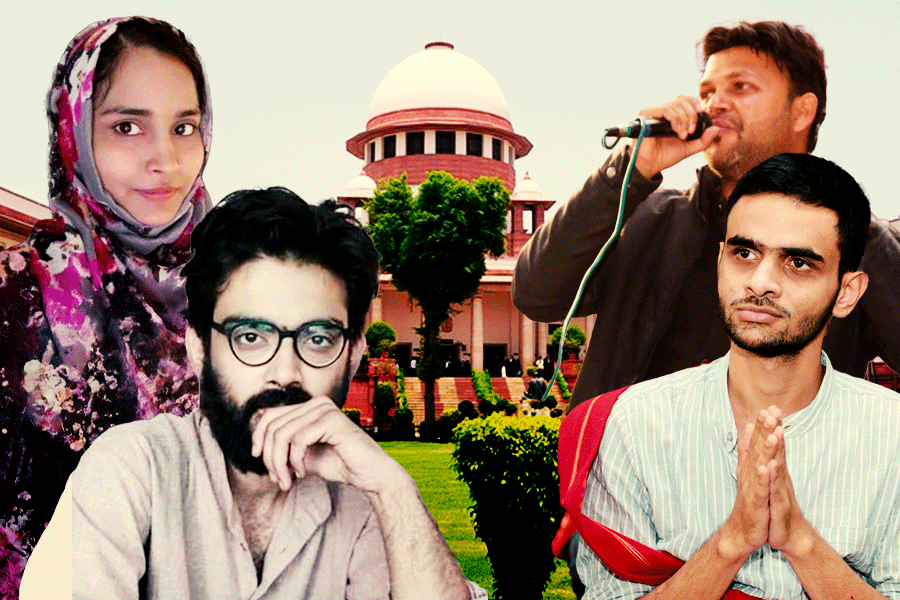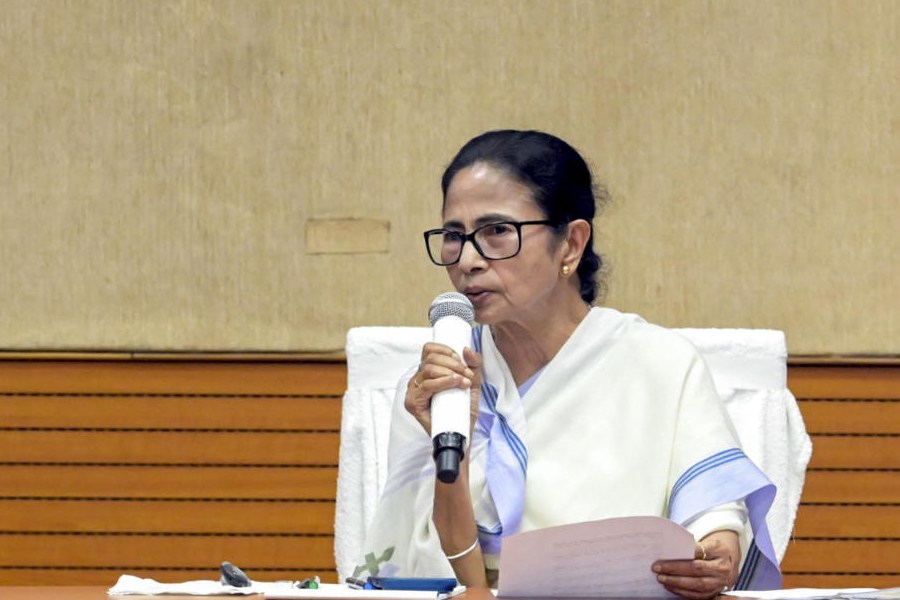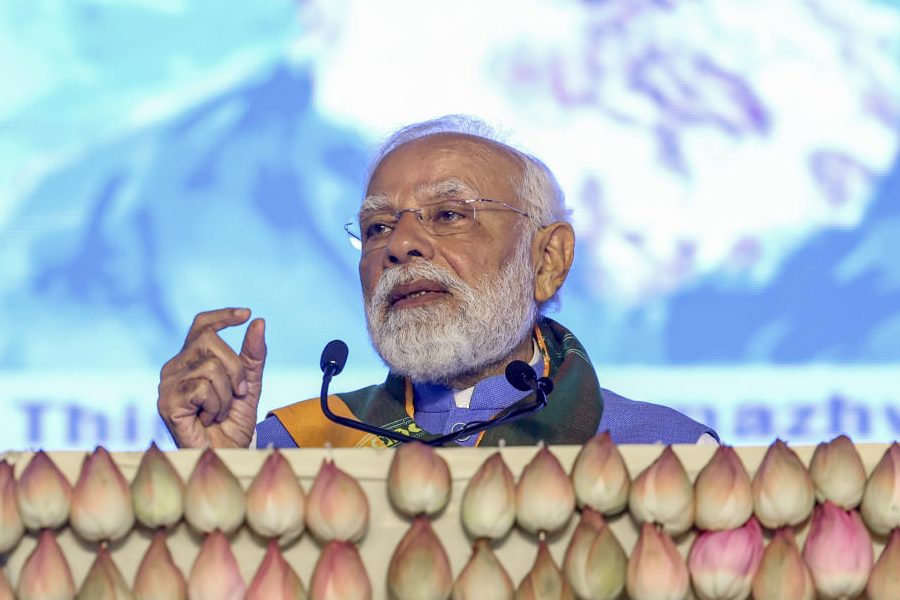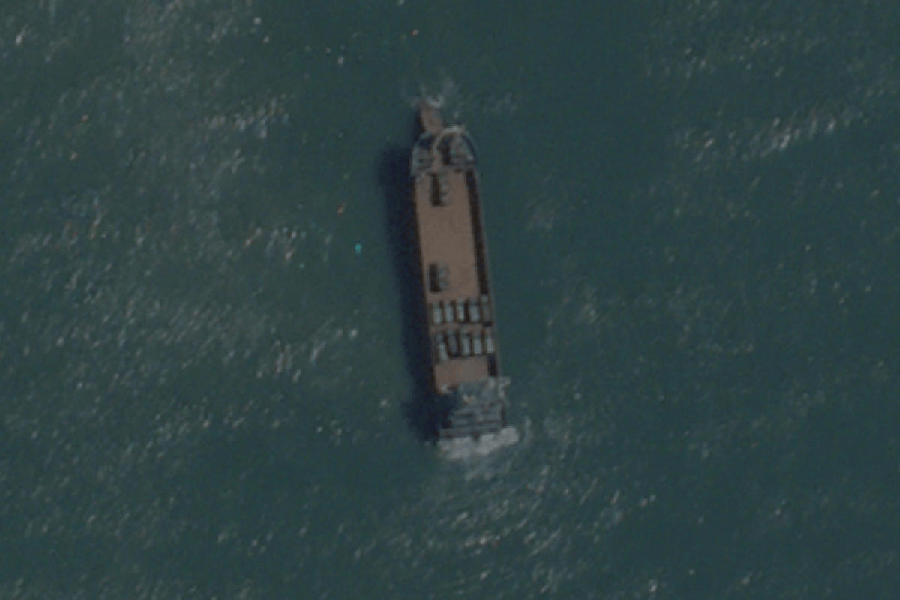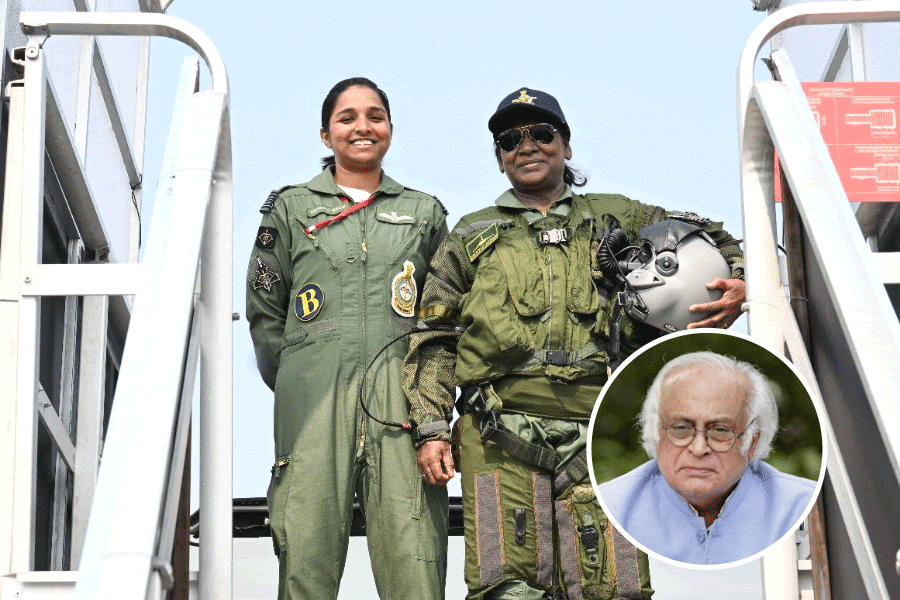After the Indian armed forces conducted a “retaliatory and precision” military strike across the Line of Control and deep within Pakistan under “Operation Sindoor,” eyewitness accounts from Pakistani towns and Pakistan-occupied Kashmir (PoK) recounted a night of explosions, chaos, and fear.
The BBC Urdu, which spoke to eyewitnesses in Muridke and Muzaffarabad, captured the aftermath.
“I was lying on my roof when two missiles passed over us. One hit the ground and lights went out in the entire area. Then the power came back, and the second missile fell. It was very noisy, and after the missile fell, it felt like the sky turned red,” said Atif, a resident of Nangal Sahadan village near Muridke, to the BBC.
“Later we found out India had attacked,” he added.
Atif and others in the region described how the area around the Markaz Tayyiba mosque was hit by several missiles in the middle of the night.
Residents say many had evacuated the Markaz days earlier amid rumours of an impending strike. The Markaz is usually crowded with students and families as schools, madrassas, and colleges operate from here.
“When it was learned a week ago that there might be an attack, people left for their homes. The place became empty,” Atif said.
Another witness, Hassan, described how announcements had been made earlier that day about schools reopening. Hours later, at 12:35 am, four missiles hit the area, he said.
“We were sleeping on the roof. The first missile came with a loud sound. Three more followed, and one even passed directly over us,” he said.
Residents of Muridke’s outskirts reported missile strikes on an educational complex and a mosque.
Muridke, located at the outskirts of Lahore, is the headquarters of the Lashkar-e-Taiba. Muridke was one of the nine targets of the Indian Army on Wednesday.
Mohammad Bilal, from Nangal Sahadan in Muridke, recalled hearing three explosions while alone at home.
“I was on the roof to listen to the call for prayer when I saw a missile explode. I ran straight to the mosque,” he said.
Muhammad Yunus Shah, another local, told the BBC that four missiles had hit their educational complex, which included a school, college, medical center, and housing facilities.
“There is still fear and panic. Rescue teams, fire brigades and police are everywhere,” he added.
In Muzaffarabad, capital of PoK, residents described similar scenes of devastation.
Muhammad Waheed, who lives near the Bilal Mosque, said his house shook from the first explosion.
“People ran into the street. Before we could process what was happening, three more missiles struck,” he said.
Another local, Abdul Basit Awan, described the bombardment as resembling a gas cylinder explosion— to be followed by a rapid barrage of missile strikes minutes later.
His daughter was reportedly injured in the attack, and several of his relatives’ homes were damaged.
“We’ve lived here for generations. That was our area’s Jama Masjid. There are no terrorists here, and there never were.”
The Indian Army confirmed that the strikes were aimed at “terrorist hideouts” across Ahmedpur Sharqia, Muridke, Sialkot, and Shakargarh in Pakistan’s Punjab province, and Kotli and Muzaffarabad in PoK.
The targets struck in Pakistan included terror infrastructures like Sarjal camp in Sialkot, Mehmoona Joya and Markaz Taiba, Muridke, and Markaz Subhanallah in Bahawalpur. In POK, the targets included Sawai Nala and Syedna Bilal in Muzaffarabad, Gulpur and Abbas camps in Kotli, and Barnala camp in Bhimber.
According to the Pakistan military, 24 missile strikes were carried out on nine separate locations, which killed at least eight civilians, including women and children, while 35 others were injured and two remain missing.
But Pakistan’s military and government have strongly contested India’s claims, alleging that the attacks hit civilian infrastructure including schools, hospitals, and mosques.

